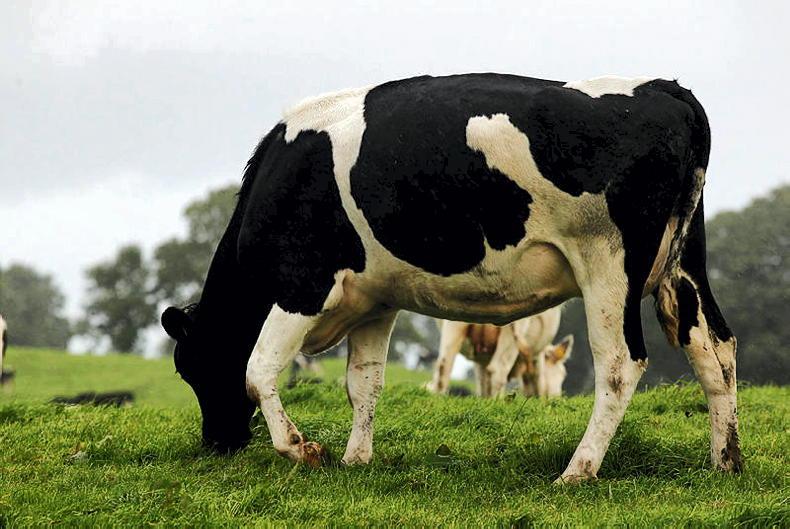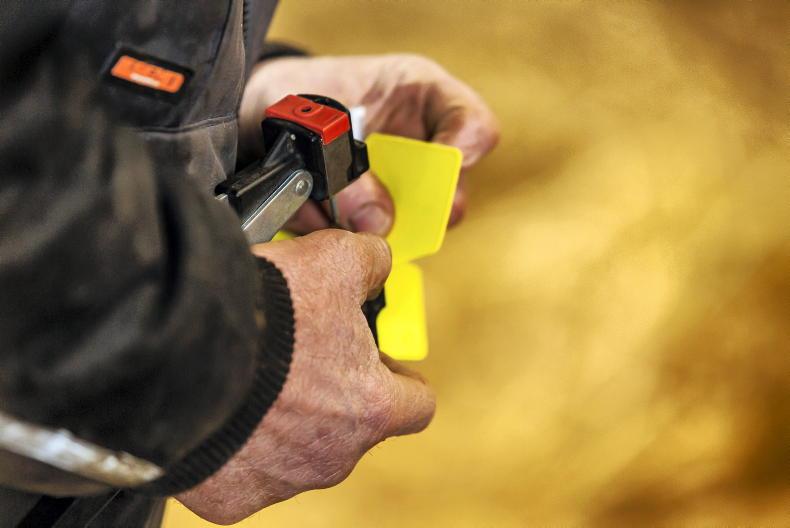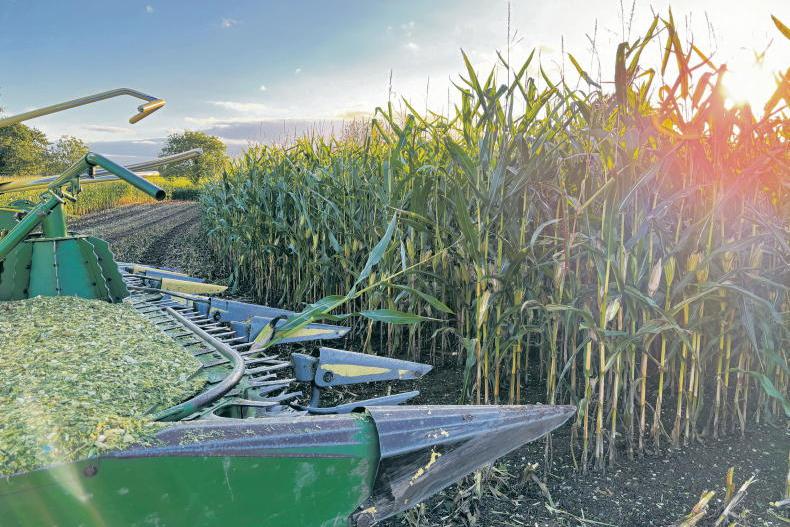What is bloat?
Bloat is an over-expansion of the stomach due to a build-up of gas that is unable to escape.
There are two main types of bloat that affect calves - abomasal bloat affects calves between five and 10 days and rumen bloat affects calves over three weeks of age, which typically occurs after milk feeding.

The exact cause of bloat is unknown, but anything that causes milk to lie for too long in the calf’s stomach will result in calf bloat.
Being aware of what causes bloat will help to limit its onset.
By using a proven and reputable milk replacer and following best practise calf husbandry will help to reduce its incidence.
Bloat risk factors
Gas is produced as a by-product in the fermentation of milk in the abomasum.
The higher the volume of milk, the greater the amount of gas that is produced.
Feeding calves too much milk gives bacteria in the abomasum more time to ferment the milk and, as a result, can cause a build-up of too much gas, leading to bloat.
How long the milk sits in the calf stomach is also determined by the milk concentration or osmolality - the higher the concentration, the longer it will sit in the stomach, again causing a build-up of gas.

Sufficient water intake is essential. Using too little water will increase the milk concentration and, as a result, will slow down milk from leaving the abomasum.
Colostrum
Feeding colostrum in the right amount and at the right time will help to reduce the incidence of bloat - at least three litres in the first three hours and another three litres within the first 12 hours of birth.
The temperature of the milk being fed needs to be consistent, at 38°C to 39°C.
An abrupt change in calf diet can slow the abomasal emptying rate and lead to excessive gas production. The quality of the calf feed can also cause bloat if it contains too much readily fermentable energy or is unpalatable.
Hygiene is undoubtedly one of the biggest potential causes of bloat, both in terms of the feeding equipment that is being used and the environment in which the calves are being housed. Proper hygiene is essential in reducing the likelihood of bloat.
Volac’s top tips to reduce bloat
Top tip: milk feeds should be limited to three litres per feed (reduce to two litres per feed during a bloat outbreak).Always mix milk replacer according to manufacturer guidelines and mix at the chosen concentration consistently. Do not add anything to the milk replacer.Always make fresh, clean, ad-lib water available from the first day of life. Ideally, use mains water to ensure good water quality.When stomach tubing, always use a tube that is soft, clean and in good condition or switch to bottle-feeding colostrum via a bottle and teat.Milk temperature: milk should always be fed at a consistent temperature of 38°C to 39°C.Be consistent and make any diet changes gradually.Always feed a bespoke calf starter feed (either pellet or coarse mix) with a crude protein level of at least 18% - and make sure it is always provided dry and fresh from day three.Always ensure feeding equipment and teats are in good condition and are kept scrupulously clean.The ideal group size is 12 to 15 calves per group (with a maximum of 20 calves per group).For full information, visit www.feedforgrowth.com
What is bloat?
Bloat is an over-expansion of the stomach due to a build-up of gas that is unable to escape.
There are two main types of bloat that affect calves - abomasal bloat affects calves between five and 10 days and rumen bloat affects calves over three weeks of age, which typically occurs after milk feeding.

The exact cause of bloat is unknown, but anything that causes milk to lie for too long in the calf’s stomach will result in calf bloat.
Being aware of what causes bloat will help to limit its onset.
By using a proven and reputable milk replacer and following best practise calf husbandry will help to reduce its incidence.
Bloat risk factors
Gas is produced as a by-product in the fermentation of milk in the abomasum.
The higher the volume of milk, the greater the amount of gas that is produced.
Feeding calves too much milk gives bacteria in the abomasum more time to ferment the milk and, as a result, can cause a build-up of too much gas, leading to bloat.
How long the milk sits in the calf stomach is also determined by the milk concentration or osmolality - the higher the concentration, the longer it will sit in the stomach, again causing a build-up of gas.

Sufficient water intake is essential. Using too little water will increase the milk concentration and, as a result, will slow down milk from leaving the abomasum.
Colostrum
Feeding colostrum in the right amount and at the right time will help to reduce the incidence of bloat - at least three litres in the first three hours and another three litres within the first 12 hours of birth.
The temperature of the milk being fed needs to be consistent, at 38°C to 39°C.
An abrupt change in calf diet can slow the abomasal emptying rate and lead to excessive gas production. The quality of the calf feed can also cause bloat if it contains too much readily fermentable energy or is unpalatable.
Hygiene is undoubtedly one of the biggest potential causes of bloat, both in terms of the feeding equipment that is being used and the environment in which the calves are being housed. Proper hygiene is essential in reducing the likelihood of bloat.
Volac’s top tips to reduce bloat
Top tip: milk feeds should be limited to three litres per feed (reduce to two litres per feed during a bloat outbreak).Always mix milk replacer according to manufacturer guidelines and mix at the chosen concentration consistently. Do not add anything to the milk replacer.Always make fresh, clean, ad-lib water available from the first day of life. Ideally, use mains water to ensure good water quality.When stomach tubing, always use a tube that is soft, clean and in good condition or switch to bottle-feeding colostrum via a bottle and teat.Milk temperature: milk should always be fed at a consistent temperature of 38°C to 39°C.Be consistent and make any diet changes gradually.Always feed a bespoke calf starter feed (either pellet or coarse mix) with a crude protein level of at least 18% - and make sure it is always provided dry and fresh from day three.Always ensure feeding equipment and teats are in good condition and are kept scrupulously clean.The ideal group size is 12 to 15 calves per group (with a maximum of 20 calves per group).For full information, visit www.feedforgrowth.com












SHARING OPTIONS